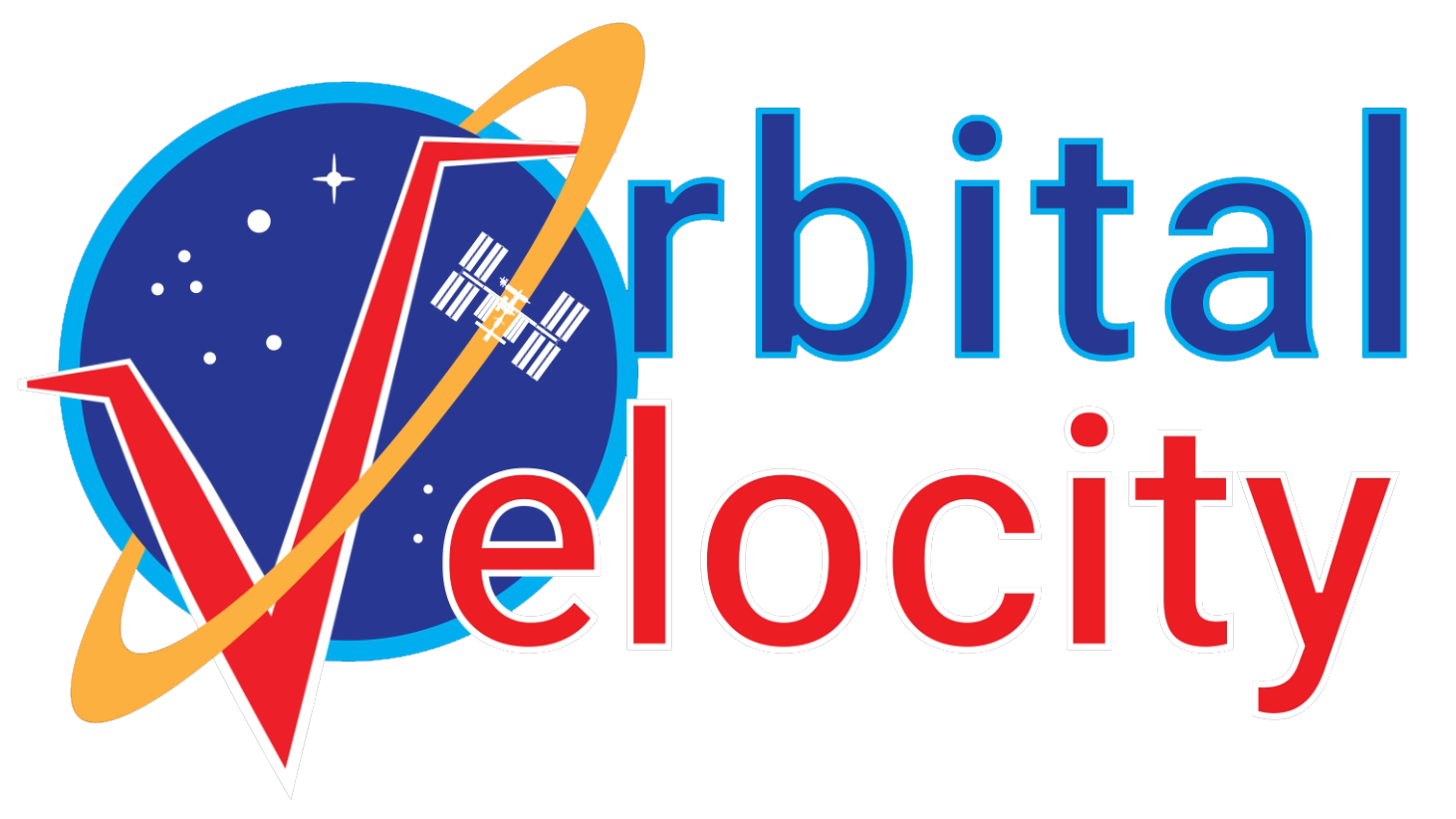Astronauts wrap 2nd spacewalk of 2019
/NASA astronauts Nick Hague and Christina Koch ventured outside the International Space Station to continue work to replace aging nickel-hydrogen batteries on the P4 truss segment.
The March 29, 2019, extravehicular activity was the second of three planed in less than a month and focused on installing three battery adapter plates and new lithium-ion units.
Read More






